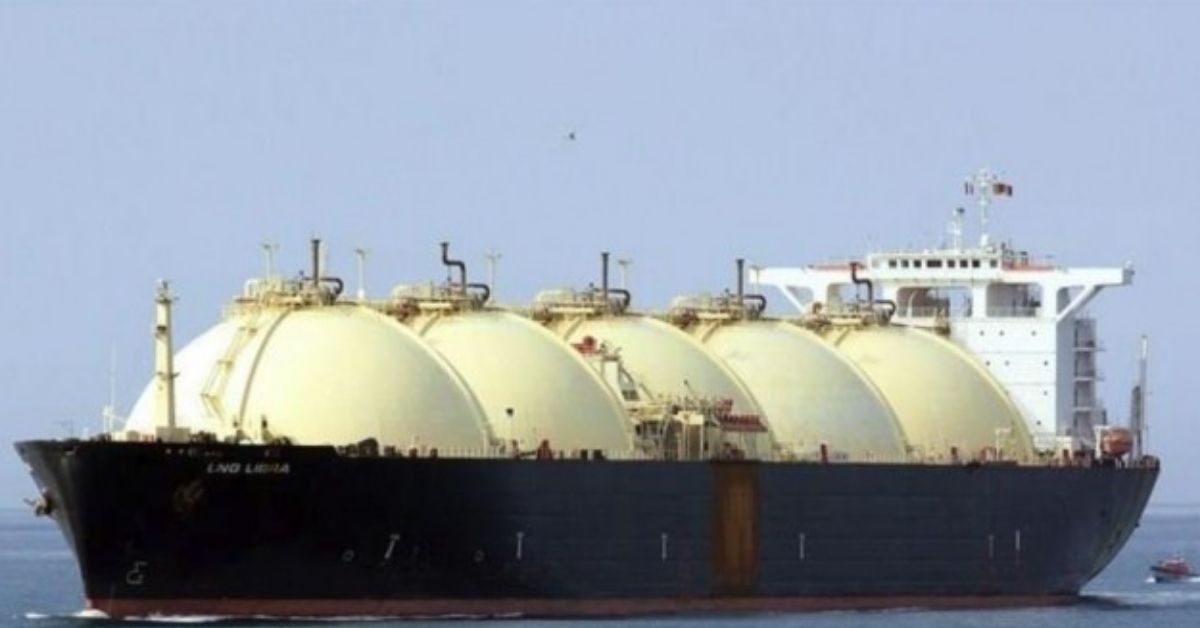Australia likely retained its crown as the world’s largest exporter of liquefied natural gas in 2021, with exports hitting a record high, but it could be toppled from the top of the rankings as early as this year, according to consultancy EnergyQuest.
EnergyQuest revealed in its monthly market report on Wednesday that it estimated Australian LNG exports over 2021 to have hit a record 80.9 million tonnes, up 3.7% on the 78 million tonnes exporter in 2020.
The record result in 2021 is likely to see Australia ranked as the world’s largest LNG exporter, according to EnergyQuest, however it warns that Australia faces a threat to hold on to pole position from both Qatar and the US.
“In the current world of supply chain and shipping challenges, the steady increase in Australian LNG exports is a significant achievement,” EnergyQuest stated in its report.
Qatar is working to expand its current 77 million tonne per annum LNG export capacity to 110 million tpa by 2026, which would significantly overshadow Australia’s current 88.6 million tpa capacity.
However, the US could overtake Australia even sooner, with EnergyQuest noting new LNG expansion could see the US take the top producer ranking by the end of the year.
The US Energy Information Agency estimates the US already has 102 million tonnes of capacity operating, under construction or having reached final investment decision.
Australian LNG export revenues rise
The rise in production and record global gas prices saw Australia’s LNG export revenue rise significantly, to A$49.1 billion (US$35.3 billion), up 36% compared to A$36.2 billion in 2020.
China overtook Japan as the number one buyer of Australian LNG, importing 31.6 million tonnes of LNG from Australia, compared to 27.3 million tonnes bought by Japan.
Korea remains the third largest buyer of Australian LNG, importing 9.8 million tonnes in 2021, while Australia also exported its first LNG cargo to Indonesia last year, a country which normally exports gas.
According to EnegyQuest’s data, Australian LNG projects operated at 92% of nameplate capacity, with only two of the country’s 10 LNG projects delivering lower output than in 2020.
This included the Woodside Petroleum-led North West Shelf in Western Australia, which saw output fall 12%, and the Inpex-operated Ichthys project, which was down 8.6% on 2020.
Offsetting this, however, was Origin Energy’s Australia Pacific LNG (APLNG) and the Shell-led Queensland Curtis LNG (QCLNG) projects, which operated at 100% of nameplate capacity, while Woodside’s Pluto and Chevron’s Wheatstone LNG facilities operated at 110% and 103% of nameplate capacity, respectively, according to EnergyQuest.
Has Australia hit its LNG peak?
While overall production was up, EnergyQuest warned that trend might not continue, questioning if Australia had already hit its LNG peak.
The nation’s largest LNG project, the North West Shelf, is expected to see a continued decline in production due to the ageing gas fields supplying the plant, while Shell’s Prelude floating LNG development continues to be plagued by problems.
Despite Prelude achieving the highest percentage growth of any Australian LNG development in 2021, up by 1665%, the facility has been shut down by Australia’s offshore regulator amid safety concerns.
“It is likely that 2021 is close to the peak of Australian LNG production,” EnergyQuest said.
“The biggest threats are not only increasing competition but also the natural decline in the gas fields feeding existing projects and the limited number of new projects.”
Two new projects were santioned in 2021, the Santos-operated Barossa development and Woodside’s combined Scarborough gas field and Pluto Train 2 expansion project, which are expected to come online in 2025 and 2026 respectively.
“The best-case scenario would be that these two new projects bring Australian production back up to around current production levels,” EnergyQuest stated.
“They are unlikely to take it up to new levels. Reaching new levels would require new sources of gas to turn around the decline in the NWS, Australia’s largest LNG project.”
Source : Upstream








